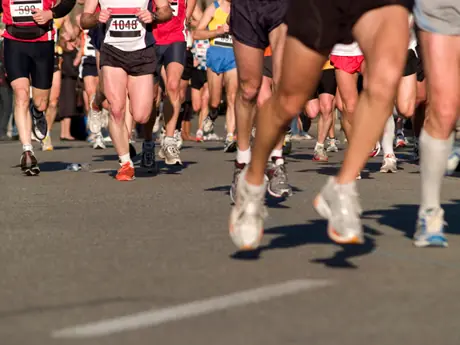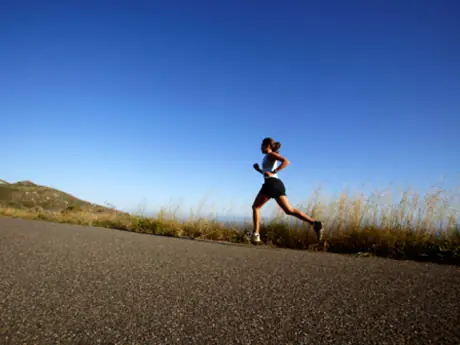
You've been diligently logging mileage, putting in regular strength work, eating right, properly hydrating, and eschewing social outings for sleep. You're ready for race day. While all of these measures will contribute to a successful performance, there's one that many distance runners forget about: the prevention of blisters and chafing.
This may sound like a small inconvenience, but for some runners, it can spell disaster on race day even if you've done everything else right. From mild discomfort to a shoe soaked in blood, the spectrum is wide when it comes to blisters and chafing. Blistering on the feet in particular can cause a whole host of other issues.
"As a former marathon racer, I dealt with debilitating chafing and blisters first hand," says Randy Ashley, a two-time Olympic Marathon Trials Qualifier and coach based in Asheville, North Carolina. "I have even had blistered feet bad enough that it caused me to try to change how my foot landed on the ground."
More: How to Treat a Foot Blister
It is at the point when you begin to alter your stride that these types of issues go from flesh wounds to something more serious. The good news: With a little forethought and preparation, both blisters and chafing can, for the most part, be avoided. In addition to understanding the causes of these issues, it is also helpful to know the most vulnerable places that chafing and blistering happen, often called "hotspots."
An Easy Way to Avoid Blisters
"The most common causes for chafing usually occurs when runners wear non-wicking fibers," says Ashley. "The same goes for blisters. This is especially bad for runners wearing a cotton or non-wicking sock."
Instead of encouraging sweat to evaporate off your body, non-wicking garments can simply collect moisture, which in turn, creates opportunities for discomfort. Consider non-technical, 100 percent cotton socks. On a hot, humid day, the sweat from your feet and lower legs will simply be absorbed to squish and rub until skin irritation occurs. Not only can this be uncomfortable, but it may also be painful.
- 1
- of
- 2
About the Author

Get ACTIVE on the Go


Couch to 5K®
The best way to get new runners off the couch and across the finish line of their first 5K.
Available for iOS | Android







Discuss This Article